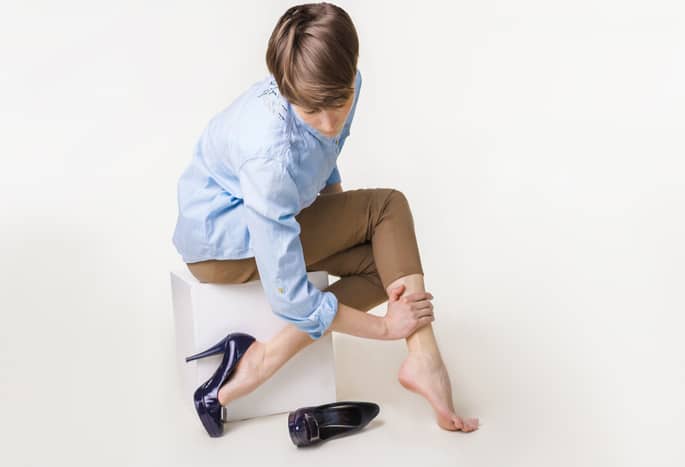Most varicose veins are found in people’s legs and feet, and are primarily caused by increased pressure in the veins of the lower body. For many, varicose and spider veins are merely a cosmetic concern. Other people report that their varicose veins cause throbbing pain and discomfort. It is possible varicose veins could lead to more serious problems if left unchecked. In some cases, varicose veins may signal an increased risk of circulatory problems.
Symptoms of Varicose Veins
One of the symptoms associated with varicose veins are veins that are dark blue or purple in color and appear twisted and bulging. When these symptoms become painful, the color of the veins may change. Hardening of the veins or inflammation of the skin may signal a more serious vascular disease which may require medical attention.
Causes of Varicose Veins
The primary causes of varicose veins are age and pregnancy. As people get older, their veins begin to stretch. The veins become weak, so blood that should be pumping to your heart isn’t able to circulate properly. When this happens, it leads to blood pools, causing veins to become varicose.
Women are more likely to develop varicose veins than men, perhaps because pregnancy, pre-menstruation and menopause all increase the risk of the problem. Genetics also play a role in the development of varicose veins; if your family member has had it, then it’s likely you will too. Obesity is another issue that can lead to complications.
Varicose Veins Treatment
The three most popular treatments for varicose veins include surgery, ligation/ stripping, and radiofrequency ablation. Surgery is usually a more serious treatment option and may include laser treatment which closes off smaller veins using strong bursts of light applied to the affected vein, causing it to gradually fade and disappear.
Ligation and stripping is where two incisions are made, one near the groin at the top of the vein and another further down the patient’s leg. After the incisions are made, the top vein is tied up and a thin wire is inserted through the bottom of the vein. When this wire is pulled out, it takes the vein with it. Although this procedure is usually an outpatient one, it may take some patients a few weeks to recover fully.
Lastly, radiofrequency ablation is a technique which involves a small incision being made above or below the knee. A narrow catheter is inserted into the vein. The catheter emits a radiofrequency which causes the vein to heat up, collapsing its walls and sealing it shut. This tends to be the preferred treatment option for larger veins.
If you are suffering from varicose veins, book a consultation with us at Pacific Vein Care. Stop suffering from throbbing pain and contact us today so we can help make a more beautiful you! We are conveniently located in McHenry, IL.
